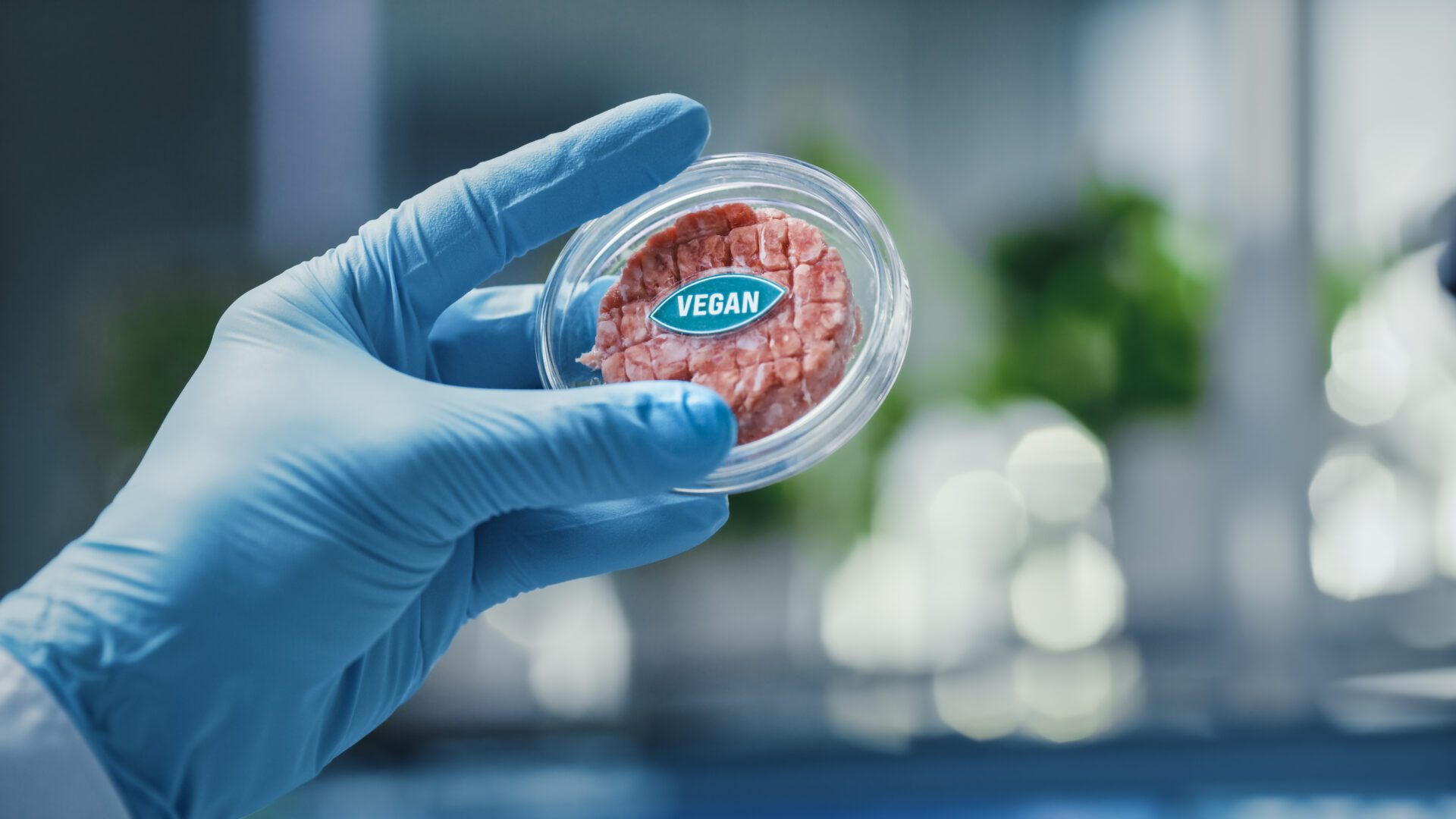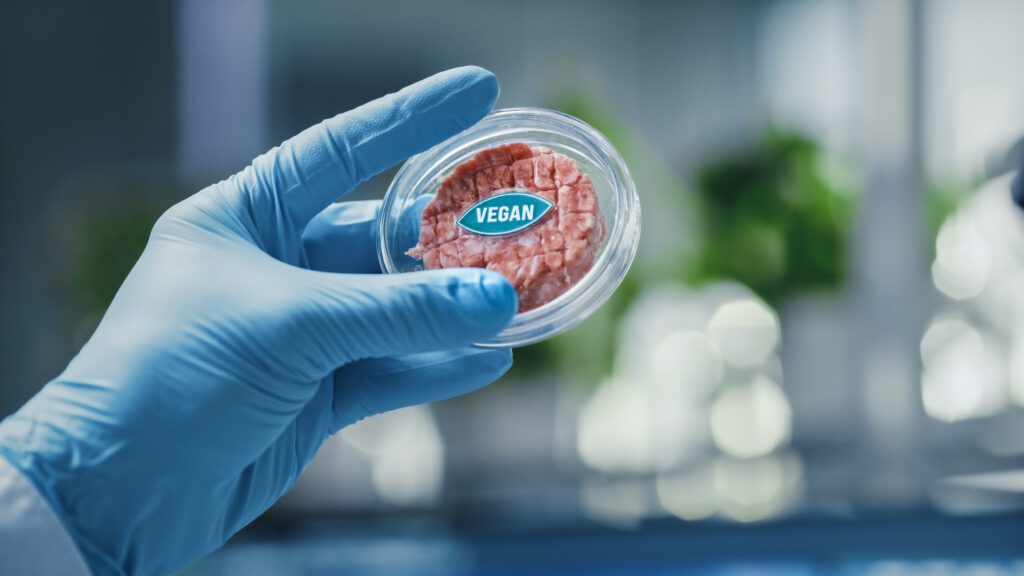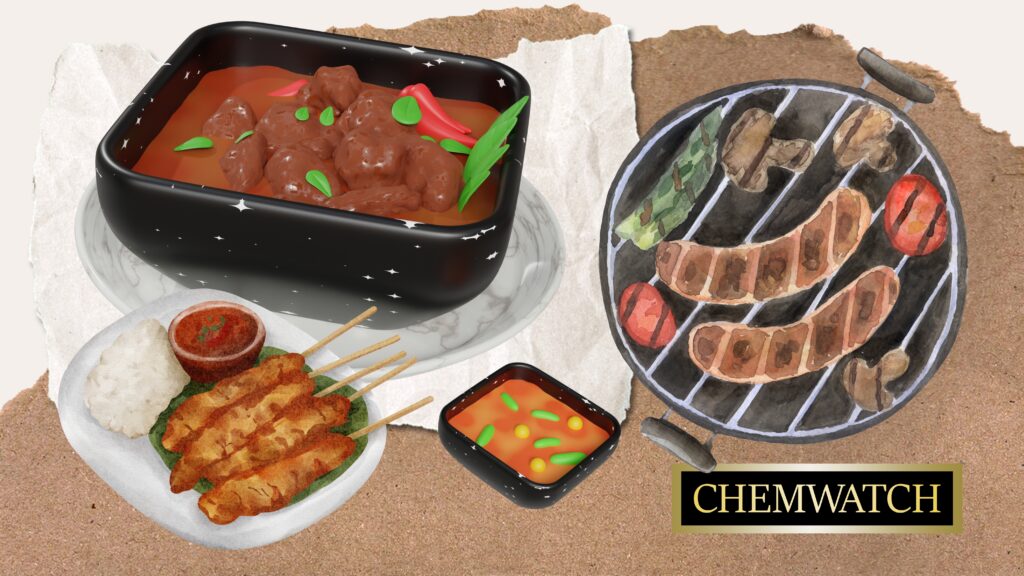
Over the past few years, there has been a significant surge in the popularity of mock meats, also known as plant-based or meat alternatives. These innovative products aim to replicate the taste, texture, and appearance of traditional meat using plant-based ingredients. For Australia, the plant-based protein industry is projected to be a A$3 billion opportunity by 2030. But what exactly is the chemistry behind these fascinating creations? How do they mimic the flavours and characteristics of meat? Let's explore the science behind mock meats and the chemistry that brings them to life.

One of the key components in mock meats is protein. Proteins are essential for providing the structure and texture found in meat. Traditional meat primarily comprises muscle proteins, such as myosin and actin, which give it its distinctive texture and chewiness. Plant proteins play a crucial role in mimicking these characteristics in mock meats.
The most commonly used plant proteins in mock meats include soy, wheat gluten, and pea protein. These proteins can be extracted and processed to create a fibrous and elastic structure that closely resembles the texture of meat. For instance, soy protein isolates can be used to produce a variety of meat-like products, including burgers, sausages, and chicken substitutes.
The taste of meat is not solely determined by its proteins. Flavours are also crucial for creating an authentic meat-like experience. While plants naturally contain their unique flavours, additional ingredients are often incorporated to enhance and mimic the taste of meat.
Chemical compounds such as amino acids, nucleotides, and glutamates are commonly employed to provide umami flavours. Umami is known as the "fifth taste," and it contributes to the savoury, meaty flavours found in traditional meats. Ingredients like soy sauce, yeast extracts, and mushrooms—rich in naturally occurring glutamates—are frequently used to impart umami in mock meat products.
Another aspect of the chemistry behind mock meats lies in the incorporation of texturisers and binders. These substances play a critical role in creating the desired texture and consistency of mock meats, similar to what is found in real meat.
Ingredients like methylcellulose, carrageenan, and xanthan gum are commonly used as texturisers and binders in mock meats. They help to improve water retention, enhance juiciness, and prevent the products from falling apart during cooking. By carefully adjusting the levels of these additives, manufacturers can achieve textures that closely resemble those of traditional meats.

Ingredients like methylcellulose, carrageen, and xantham gum are commonly used as texturises and binders in mock meats.
The visual appeal of mock meats is essential for consumer acceptance. After all, we eat with our eyes first. The characteristic red colour associated with many types of meat is typically achieved through the presence of myoglobin, a protein responsible for oxygen storage in muscle tissue.
To replicate the reddish hues of meat, some mock meat products employ natural colourants such as beet juice, tomato paste, or even plant-based heme, a molecule found in the roots of legumes. These ingredients help create a more authentic appearance and provide the impression of a meaty experience.
As research and innovation in food science continue to advance, the chemistry behind mock meats will undoubtedly progress as well. Scientists are constantly exploring new techniques to improve these products' texture, taste, and nutritional profile. This includes exploring the use of alternative protein sources, such as algae, fungi, and insects, which could further expand the variety of mock meats available.
The rise of mock meats represents a significant shift towards more sustainable and ethical food choices. Understanding the chemistry behind these meat alternatives gives us insight into the creative techniques employed to develop innovative and satisfying plant-based options. Blending culinary arts and food science enables us to enjoy a wide range of flavourful and sustainable foods.
Many chemicals are not safe to be inhaled, consumed, or applied to the skin. To avoid accidental consumption, mishandling and misidentification, chemicals should be accurately labelled, tracked, and stored. For assistance with this, chemical and hazardous material handling, SDS, labels, Risk Assessment, and heat mapping, contact us today!
Sources: